This post is also available in:  Deutsch (German)
Deutsch (German)
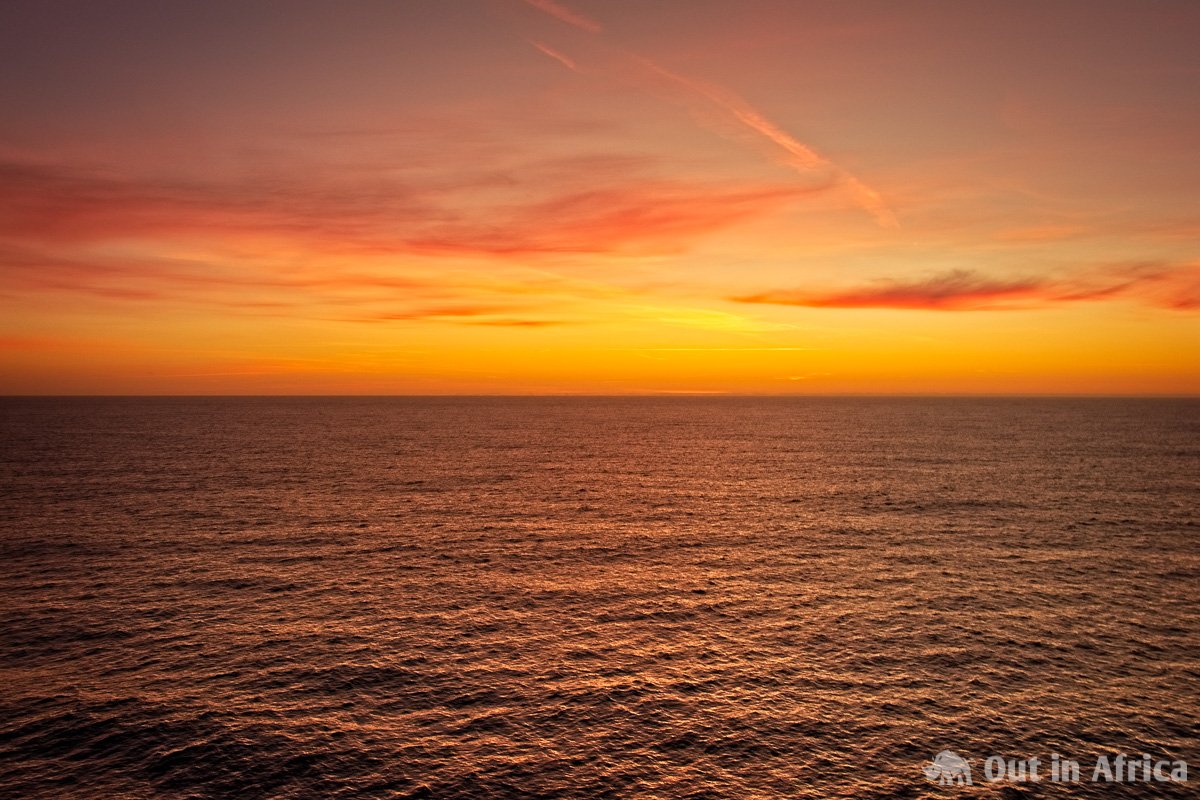
Dolphins!
Two dolphins swim next to the ship, accompany it for a few hundred meters and jump over the bow wave again and again. Then we overtake them. A couple of times, I still glimpse their dorsal fins.
I go into the bridge. The Third Officer is standing at the window with binoculars. “I saw dolphins,” I say to him. “Yes, me too,” he says, grinning. He is also happy to see the animals.
I like the Third Officer, a young man of whom I believe he will one day become a ship’s master. He is friendly and helpful. He briefed us on emergency procedures the week before last. With him, it is possible to chat. He also has an eye for the beauty around him. Today he stood next to me on the balcony of the bridge to take a picture with his smartphone of the beautiful sunrise. “It’s beautiful,” I said to him. “Yes,” he confirmed.
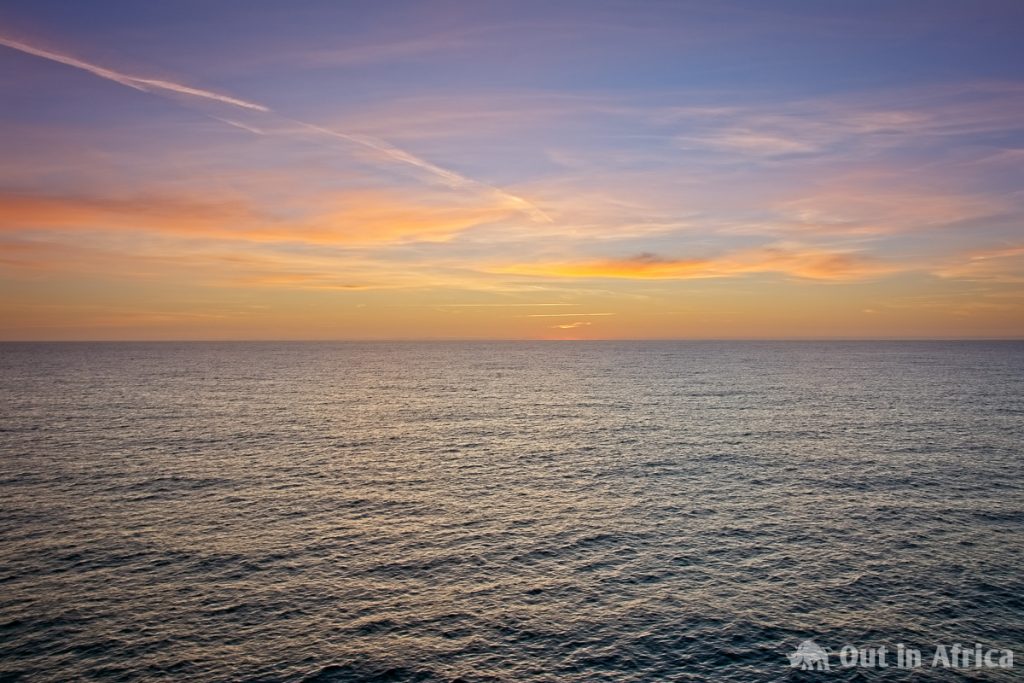
I ask him a few questions about the instruments.
The ship has three radar units, two on the roof of the bridge and one on the bow. They transmit on different frequencies. Two screens are showing the radar scans. At the moment they are blue. There are no other ships in our vicinity.
Between the radar screens is the navigation device displaying the nautical chart.
At first glance, the map looks like a map as we know them from the land. I can see mountains and valleys can from the contour lines. There are also elevations or rather depths. I ask the officer whether the depth is measured in feet or meters. You never know with seamen that calculate in nautical miles and knots. They are metre indications. An average of 3000 m of water is below us at the moment. I say to him that I have never been on so much water in my life. He laughs and says that once we are around West Africa, the depth will be 5000 m and more.
A distress call is coming through. First in Spanish or Portuguese, then in English. It does not concern us. Something happened to a boat or ship, closer to the coast. We are too far away, on N39° 07.295′ W12° 05.054′, 225 km from the European mainland, almost at the height of Lisbon.
He explains the two different speed measurements, both given in knots. One shows 14.8 knots. It is our speed on the water. The other screen shows 15.1 knots. This is our actual speed, which we reach thanks to a current from behind.
Fifteen knots is almost 28 km/h. The large container ships sail at 20 knots (37 km/h). On land, this would be agonizingly slow. Here it is a pleasant speed. Since we sail at this speed 24/7, we manage 670 km or 363 nautical miles per day. So we do quite a distance.
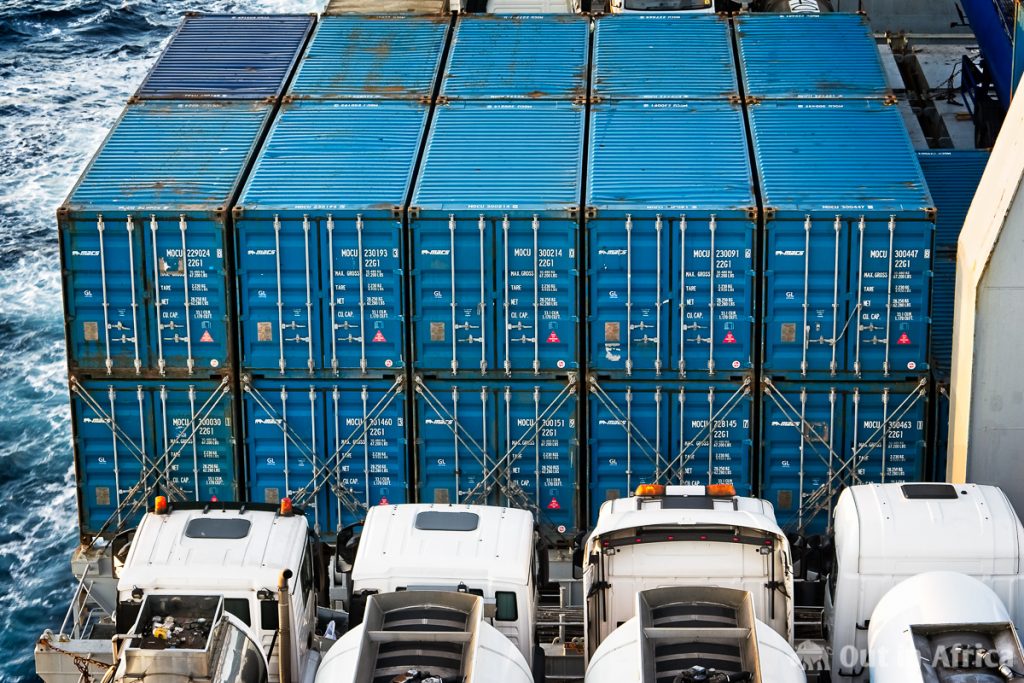
Today we have hardly any swell and wind. The sea is calm; the Bright Sky doesn’t rock anymore. I say to the officer that I want to go to the bow of the ship. He gives me his okay. But the walk is not so easy. The crew is cleaning the deck with high-pressure cleaners and brooms. Halfway I turn around. I don’t want to interfere with the men’s work.
It is much warmer than in Hamburg or Antwerp. I still put on my fleece and my thick winter jacket, but now I can stay outside for a long time without freezing. Pierre and I are already dreaming of sitting on the deck in shorts and T-shirts.
In the morning the sea is very smooth. There is a slight swell, but no wind. We have ideal conditions to see whales or dolphins. Yesterday the captain saw a whale. I often look across the sea, but none of the marine mammals shows up. Pierre thinks that we are too far away from the coast. He says that the fish that feed the dolphins are closer to the shore. I am sceptical about his argument. Why should there be more fish on the coast? And finally, marine mammals were sighted from our ship, far away from the shore.
Pierre and I don’t agree on some things. Politically, we are on different sides of the political spectrum, but both not far from the centre. However, we can both live well with this difference.
Feminism is a bit more complicated. At lunch, we talk about the role of women in shipping. The captain tells us that in South Africa, women are often working as pilots and tug captains. He finds it appalling – not because they are women, but because they are so poorly trained. A pilot or tug captain must be able to handle ships. South African women cannot. They do some theoretical training, and then they are given these jobs for the sake of equality and affirmative action.
I can understand his reasoning. I also find it dangerous to give a job to poorly educated women just because they are women and have a particular skin colour. Not only because shipping is about goods worth millions, human lives and potential environmental disasters. This state of affairs is unfair to better-educated men. In our opinion, a pilot should have several years’ training on a ship, perhaps become a first or second officer and then switch. We are all of one opinion.
We also all agree on is the fact that there are jobs that men can do better. The Lines Men, for example mooring the ships in the harbour, need a lot of physical strength to pull thick, heavy ropes, which are also soaked with water, up the quay wall and lay them over a bollard. Very few ports have mobile winches; in most of them, this work is done with muscle power.
Women may not have the muscle power of men, but why shouldn’t they become ship officers or pilots? Yes, pilots must be fit. It is not always easy to get from a pilot boat to a ship. Overweight people have real problems. But that also applies to male pilots. Why shouldn’t a fit woman with the right training become a pilot? Why do women not undergo training, e.g. as officers in the merchant navy?
I then ask how many women will become officers in the merchant navy. The answer is almost none. Yes, it happens, but these are absolute exceptions. The reason for this is that this profession cannot be reconciled with a desire to have children. With a little creativity, I could imagine scenarios in which it would be easier for women in the merchant navy to reconcile family and career. Still, I also see that it is problematic.
Pierre doesn’t even want to think about the fact that there might be female officers and pilots. Exceptions – yes, but something like 20% of all officers in the merchant navy who are female – never ever! (not to mention 50%). That is not possible! Women want children! Women want to work part-time! He talks about female hormones that would make it impossible for women to have a career in shipping.
To spur him on, I say that women only work part-time and take care of the family because men would not. Why couldn’t the female officer’s husband stay home and look after the children while she works on her career to become captain? No, says Pierre. It’s the men who go out into the world and the women who stay at home. That’s how it is. It’s almost like a law of nature.
Oh, really? I don’t want to start now with patriarchal structures that impose on women their role as housekeepers. Maybe women also want to get out and discover the world, but their environment doesn’t allow it. Perhaps they don’t believe that they can.
I am thinking about whether I could give the conversation another direction by taking the variable children from the equation. What about the women who don’t want children? They exist, hormones or not. There must be a few more than the few exceptions? Total equality may be an illusion, but I can imagine that more women want to go to the sea and have a career. What opportunities do they have in seafaring? What obstacles stand in their way? But lunch is over.
In the end, I have to admit that women who want to have children and take care of them cannot become captain of a cargo ship. Sometimes family and career cannot be reconciled.
Pierre and I do not always agree, but we do in many respects. Besides, we have many common interests and share curiosity. So despite our differences, we get along well with each other. When we argue, we at least have interesting conversations.
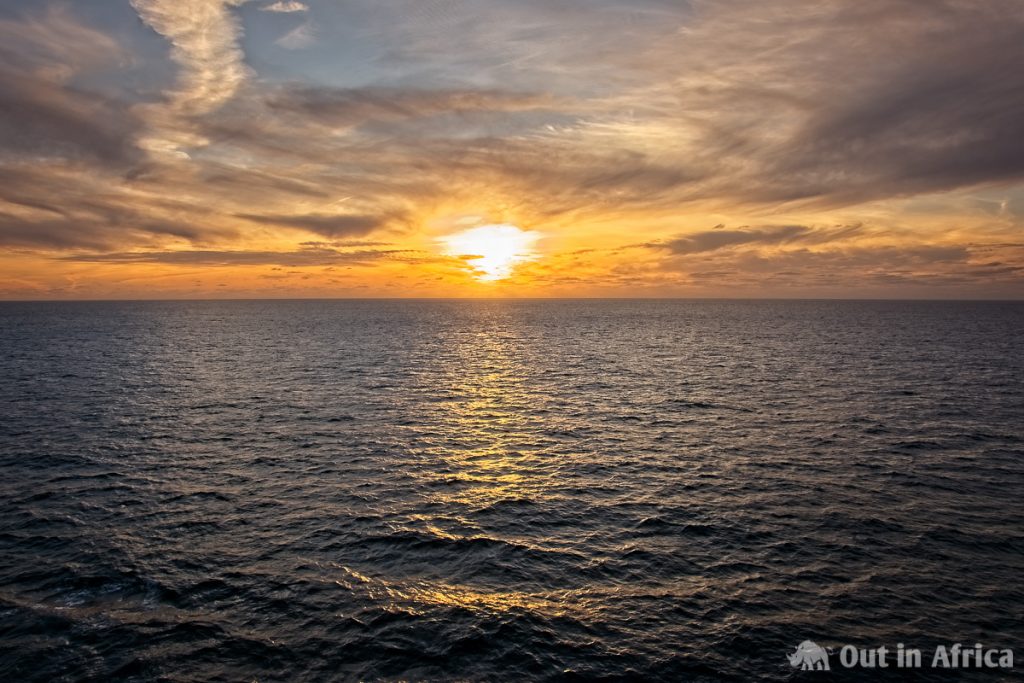
In the evening we are on about the same latitude as Gibraltar. Gibraltar is 680 km east of us, but for me, this is the point where we leave Europe behind and reach Africa.
Would you like to see an overview of all articles about my journey on the cargo ship Bright Sky? Click here for a table of contents.
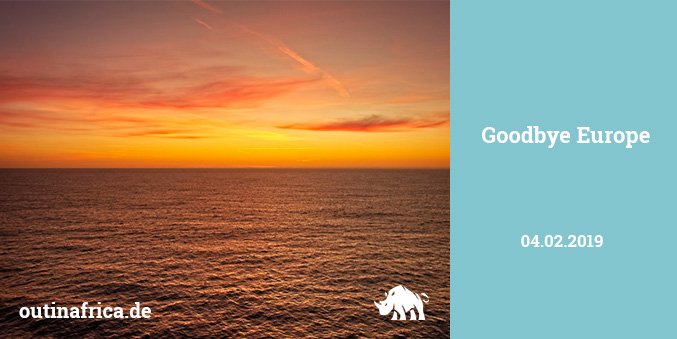
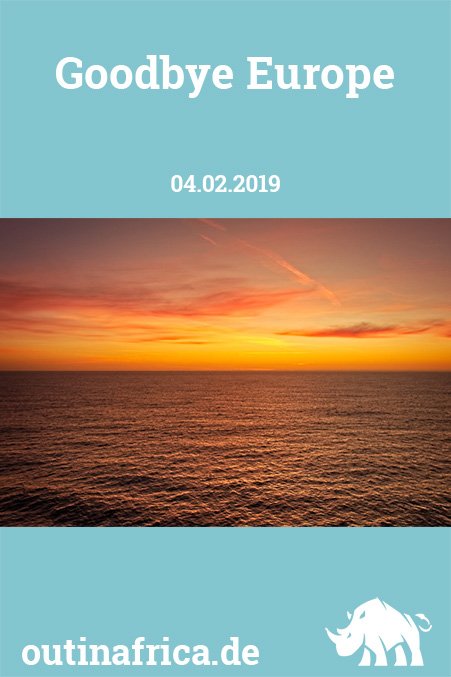

Leave a Reply